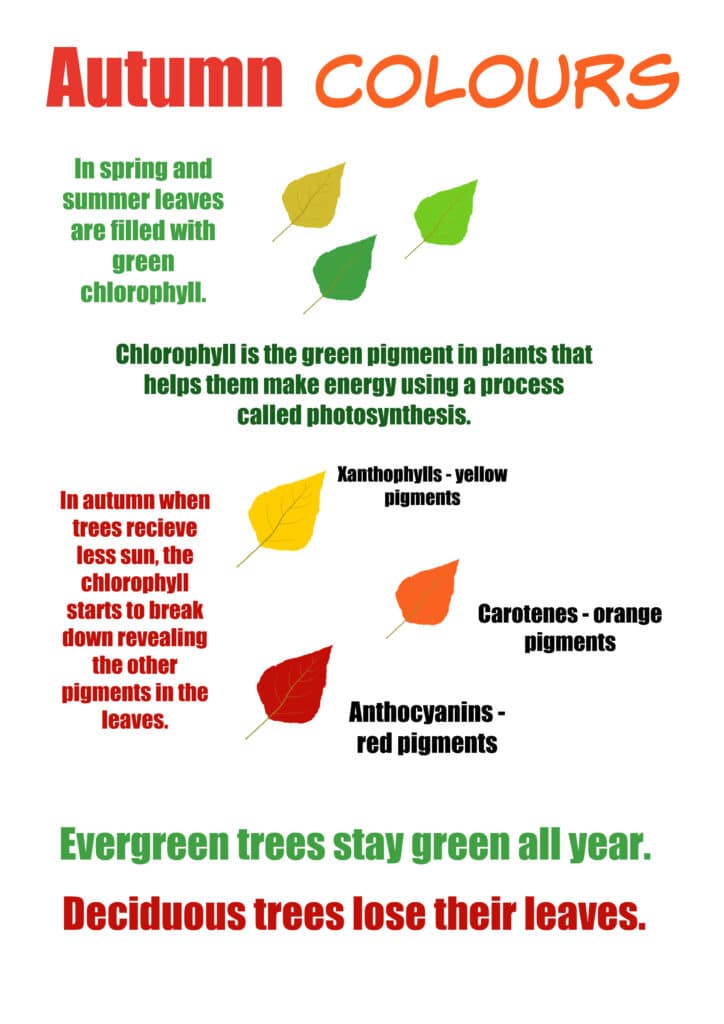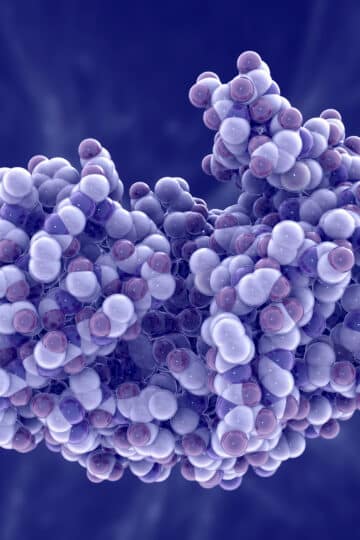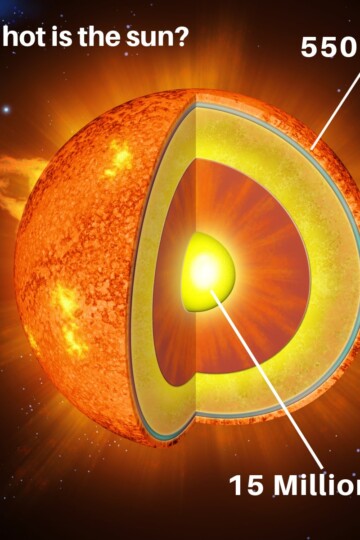A sign of autumn is when leaves on some trees start to change colour. The green colour starts to fade to be replaced by red, orange or yellow. Do you know why leaves change colour in autumn?

Why do leaves change colour in autumn?
Plants make energy through a process called photosynthesis. They convert carbon dioxide from the air, water and sunlight into energy and oxygen. A chemical pigment called chlorophyll absorbs the sunlight for photosynthesis and also gives the leaves their green colour. There is so much chlorophyll in the leaf that it masks the other colours, such as carotene, which is yellow.
In autumn, when the temperature starts to drop, the tree severs the connection with the leaves, and the chlorophyll breaks down, revealing the other colours in the leaves. Eventually, the leaves fall to the ground. We call these trees Deciduous.
Examples of deciduous trees are maple, birch and oak trees.
Why do some trees stay green?
Some trees stay green all year round. We call these Evergreen trees. These trees keep their leaves all winter and so still need chlorophyll to make energy. You'll notice that the leaves on Evergreen trees are usually smaller and often have a waxy layer, which helps prevent water loss in the winter. They also produce a chemical which stops them freezing! How clever is that?
Examples of evergreen trees are pine trees, cypress trees, Douglas Fir, Colorado Spruce.
Learn more about autumn with my easy autumn STEM challenges!

Last Updated on September 23, 2024 by Emma Vanstone




The Monko says
how have i got this far in life and never known that. And why did I never ask. I am so glad I read this post because Goblin is in a real questioning phase at the moment and its just the kind of thing he might ask.